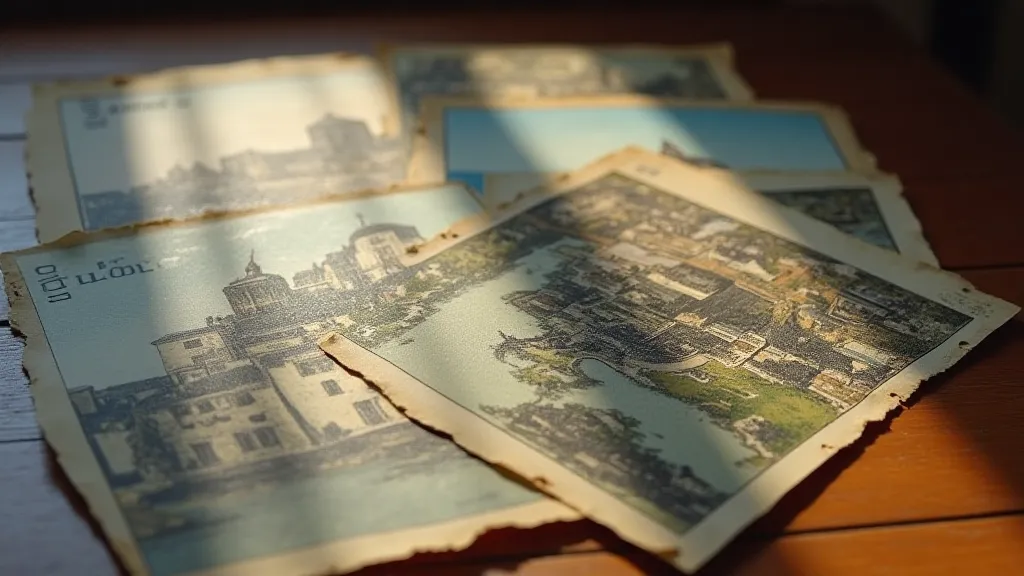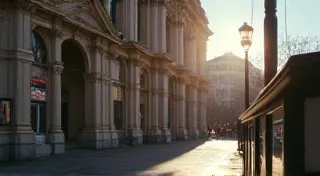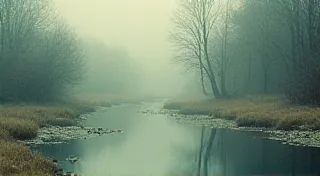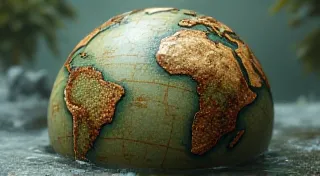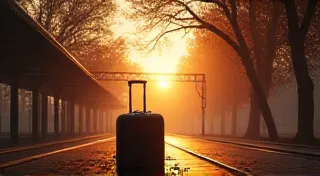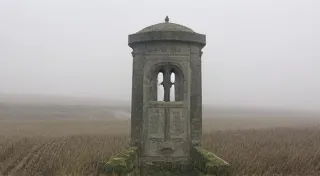The Unsent Message: Speculating on the Stories Behind Unmailed Vintage Postcards
There’s a certain melancholy that clings to vintage postcards, a whisper of moments lost and lives lived. We, as collectors, often admire them for their vibrant imagery, their historical significance, and the exquisite artistry of their design. But what about the ones that were never sent? The postcards purchased with intention, perhaps even written upon with a few heartfelt words, only to be tucked away, forgotten, and eventually unearthed decades later? These unsent messages hold a unique fascination – they’re a silent chorus of untold stories, an invitation to imaginative speculation, and a poignant reminder of the fleeting nature of time and human connection.
My own journey into collecting vintage postcards began with a box of my grandmother’s belongings. Amongst the faded photographs and pressed flowers was a small, leather-bound album filled with postcards. Most had been sent, bearing the stamps and postmarks of distant locales, tangible proof of journeys taken and shared. But there were others—postcards with addresses meticulously written, sometimes even a few sentences penned in elegant cursive, but never mailed. These were the ones that captured my imagination. Who was the intended recipient? What prompted the silence? What story remained unheard?
A Glimpse into the Past: Historical Context & Postcard Boom
To understand the allure of these unsent postcards, it’s helpful to understand the context of their creation. The “Golden Age of Postcards,” roughly from the 1890s to the 1920s, saw an explosion in their popularity. Advancements in printing technology – particularly the development of the Collotype process – made color reproduction accessible and affordable. Suddenly, destinations that were once unimaginable became accessible, visually, to the masses. Suddenly, sharing an image of the Eiffel Tower or the canals of Venice was as simple as purchasing a postcard and dropping it in the mailbox. It was a form of instant connection in a time of slower communication, a tangible representation of a place and experience.
The cost of sending a postcard in those early years was also remarkably low, often just a penny or two, further fueling their popularity. People sent them to family, friends, and even acquaintances – a casual ‘hello’ from afar, a quick update on travels, or a simple expression of affection. This era witnessed a boom in postcard production, with thousands of publishers vying for a slice of the market. The artwork itself was frequently stunning, blending photography with hand-tinting to create vibrant and romanticized depictions of landscapes, cityscapes, and portraits. The craftsmanship involved in these early postcards is something we rarely see replicated today. Many of these postcards offered more than just a visual; they hinted at entire experiences, prompting the recipient to imagine themselves in the scene—a concept explored further in Paper Pilgrimages: The Postcard as a Souvenir of Spiritual Journeys.
Imagine a young woman, freshly arrived in Chicago from a small village in Austria, purchasing a postcard of the city’s burgeoning skyline. She intends to send it to her parents, reassuring them of her wellbeing and sharing the excitement of her new life. But something happens. Perhaps homesickness strikes, and the boldness of the city feels overwhelming. Or perhaps she meets someone who changes her plans, diverting her attention and ultimately silencing the promise of connection. The postcard remains, a testament to a moment of intention that never fully materialized.
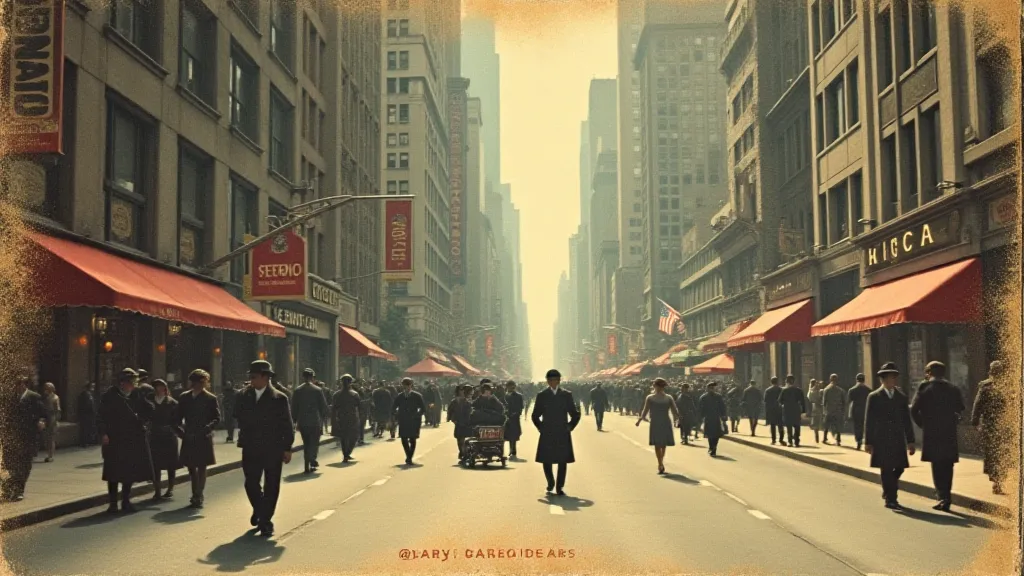
The Silent Storytellers: Imagining the Narratives
What makes these unsent postcards so captivating is the space they create for storytelling. Each one becomes a blank canvas upon which we can project our own interpretations and narratives. Did the writer have a change of heart? Was there a disagreement that led to the message remaining unshared? Did a sudden illness or unexpected circumstance intervene?
Consider a postcard depicting a serene beach scene in Southern California, addressed to “Dearest Amelia.” The few lines of text visible speak of sunshine and relaxation, hinting at a rejuvenating escape. Perhaps Amelia was a beloved sister, and the writer intended it as a gesture of comfort during a period of hardship. But perhaps a family crisis erupted, diverting the sender’s attention and rendering the postcard irrelevant. Or perhaps the sender felt embarrassed by something they wrote and chose to bury it rather than risk sharing it. It’s fascinating to consider how the imagery itself can be interpreted, sometimes conveying messages far beyond the written words—a subject often explored when considering Chromatic Ghosts: The Subtle Language of Postcard Color Palettes.
The beauty of these stories lies in their ambiguity. There are no definitive answers, only possibilities. We become detectives, piecing together fragments of information from the postcard’s imagery, address, and any visible text. The absence of a stamp, the quality of the paper, the style of handwriting – all become clues in our speculative investigation. The limited details provide a starting point, allowing our imaginations to fill in the blanks and create compelling narratives about the lives and relationships connected to these silent messengers.
Restoration & Preservation: Honoring the Past
While the speculative aspect is engaging, preserving these relics is equally important. Many vintage postcards are fragile and require careful handling. Common issues include fading, tears, creases, and staining. Gentle cleaning with archival-safe materials can sometimes revive faded colors. Minor tears can be carefully repaired using archival tape. However, significant damage often necessitates professional restoration – a delicate process best left to experts. The story isn't just about the postcard itself, but about the culture and practices that surrounded its creation – a perspective often lost in the modern era.
Storing your collection properly is also crucial. Archival-safe albums, sleeves, and boxes will protect your postcards from dust, moisture, and light damage. Avoid direct sunlight and extreme temperatures, which can accelerate the degradation of the paper. The impact of these factors on the longevity of these fragile documents speaks to a broader concern about preserving cultural heritage, often examined in the context of lost narratives.
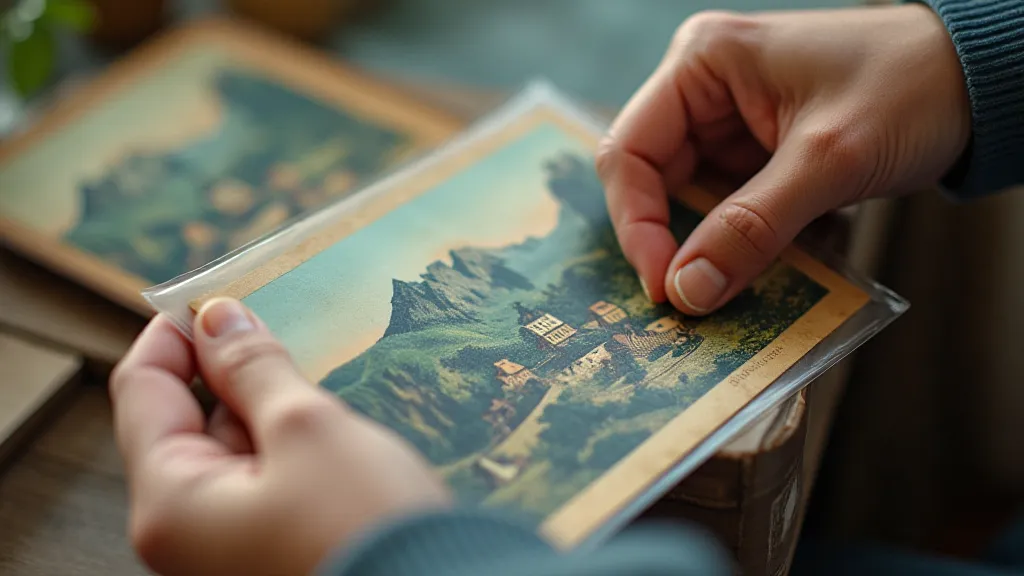
Beyond the Image: The Personal Connection
For me, the allure of unsent postcards extends beyond their historical significance and artistic merit. They represent a poignant reminder of the human condition – the hopes, dreams, and disappointments that shape our lives. They’re a testament to the fact that even in an era of easy communication, not every message is delivered. Sometimes, the unspoken words hold more meaning than those that are ever shared. The very act of creating and intending to send something, only to keep it, is a powerful statement about the complexities of human interaction and the weight of unexpressed sentiments.
Each unsent postcard is a portal to another time, another place, and another story. By allowing ourselves to speculate, to imagine, and to connect with these silent messengers, we not only appreciate the artistry and history of the Golden Age of Postcards, but we also gain a deeper understanding of the complexities of human connection and the enduring power of unspoken words. Consider the way these forgotten messages act as echoes of moments, a concept explored in depth in Ephemeral Echoes: When Postcards Became Whispers of Lost Journeys, which examines the broader decline in the popularity of this once-ubiquitous form of communication.
The preservation of these postcards allows us to recapture a sense of what it was like to connect with someone in a slower, more deliberate way, a deliberate contrast to our modern digital world. They represent a tangible connection to the past, allowing us to feel closer to the lives of those who came before us and to reflect on the shared experiences of humanity.
The next time you encounter an unsent vintage postcard, don’t just admire its beauty. Listen closely. You might just hear the whisper of a story longing to be told.
